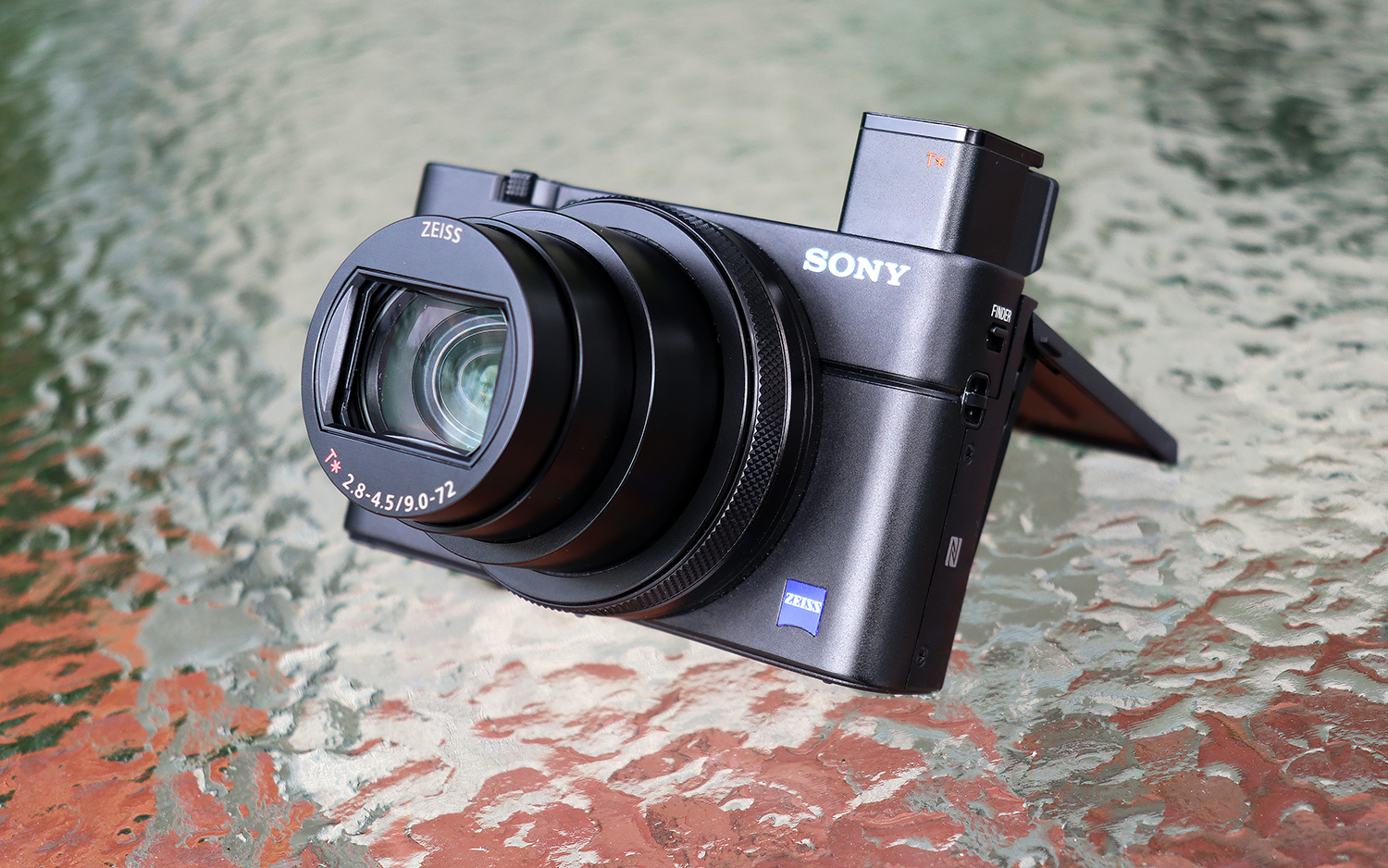Tom's Guide Verdict
The Sony Cyber-shot RX100 VI offers powerful features and very-good-quality images and video, but it's extremely pricey.
Pros
- +
Very good quality and versatility in bright light
- +
Excellent electronic viewfinder
- +
Many shooting modes
- +
Lots of high-quality video options
- +
Shoots up to 24 frames per second
- +
RAW files
Cons
- -
It's expensive
- -
Images and video are noisy in some low-light scenarios
- -
Can't capture time-lapse video clips
Why you can trust Tom's Guide
Stand-alone point-and-shoot cameras were nearly eradicated several years ago. People simply asked themselves, "Why should I spend money on a cheap camera when my smartphone is always with me and takes pretty good shots?" Indeed, smartphone cameras have replaced pretty much all point-and-shoots in the wild.
Yet one type of point-and-shoot survived: advanced bridge cameras, like the 20.1-megapixel Sony DSC-RX100 VI, which shoots better-quality images and video clips and has features such as optical zoom and a powerful, versatile flash that you can't find on a phone. And, in many ways, this latest RX camera lives up to many of those claims. However, is it worth $1,200?
Design and Controls
Unlike some large bridge cameras equipped with longer optical-zoom lenses, like the Nikon Coolpix P900 and the newer P1000, the Sony DSC-RX100 VI is quite compact and lightweight, and it can easily fit in most jacket pockets or a small handbag.
The Sony DSC-RX100 VI measures 4 x 2.3 x 1.7 inches, making it about the same size as the previous RX100 V but just a tad thicker. At 10.6 ounces, it also weighs about the same as the previous version.

It's smaller and lighter than our favorite travel bridge camera, the Panasonic Lumix ZS200, which measures 4.4 x 2.6 x 1.8 inches and weighs 12 ounces. But the ZS200 also has a 15x optical zoom (24mm-360mm equivalent) — roughly twice the 8.3x optical zoom range (24mm-200mm equivalent) that you get on the Sony.

While the RX100 VI has a longer zoom than its predecessor, the RX100 V, its maximum aperture settings are f/2.8-4.5, which are narrower than the f/1.8-2.8 range on the previous version. That may not give you the enhanced shallow depth of field you'll find on earlier versions. More importantly, it may also produce noisier images and video clips in low-light settings.
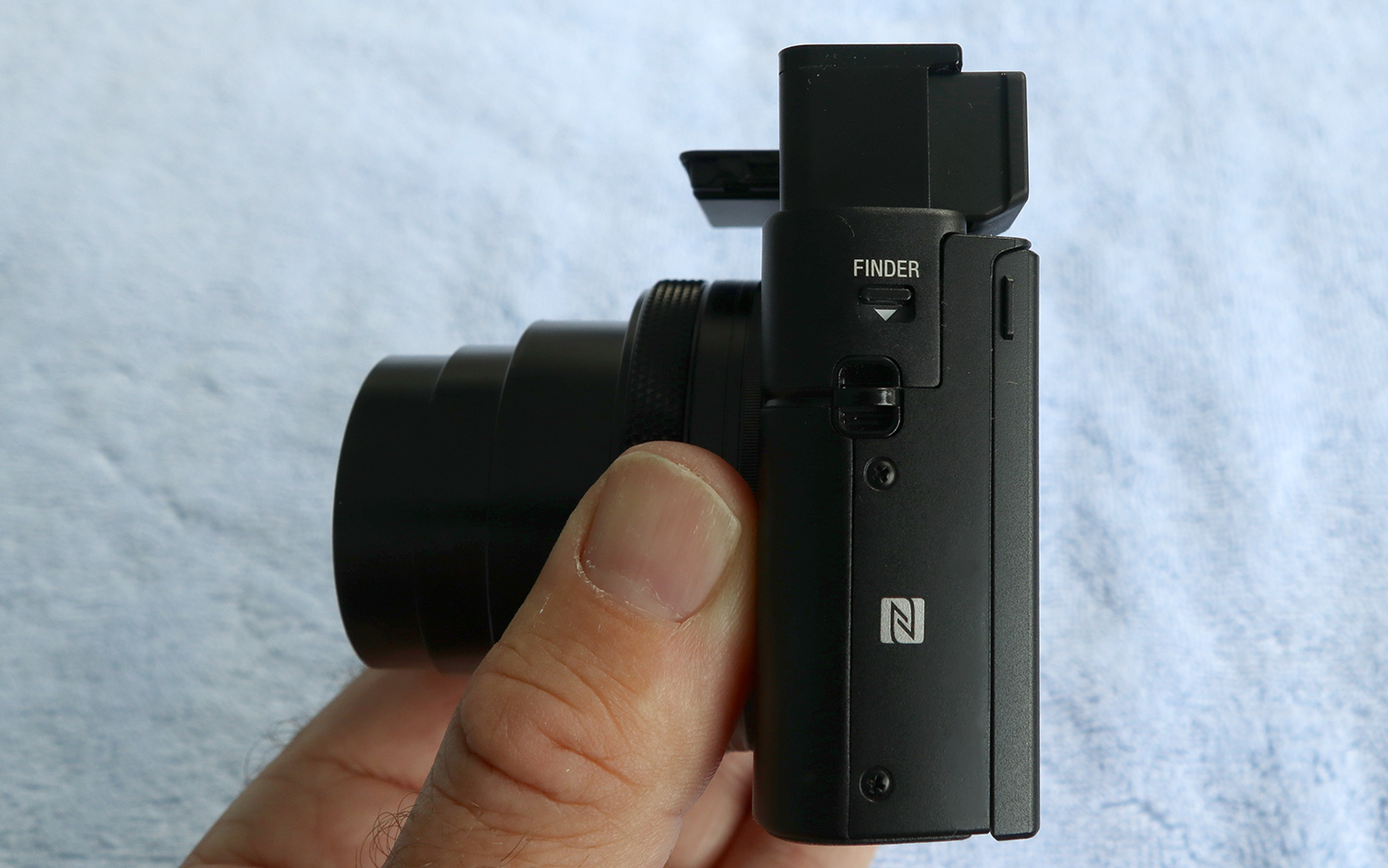
However, the RX100 VI does include powerful features. For example, it has an exceptionally sharp and clear electronic viewfinder (EVF), which lets you compose and review photos and video when sunlight washes out the display. When I compared it to the ZS200's EVF, I didn't find it to be dramatically better, although I noticed a bit more detail with the Sony.
Get instant access to breaking news, the hottest reviews, great deals and helpful tips.
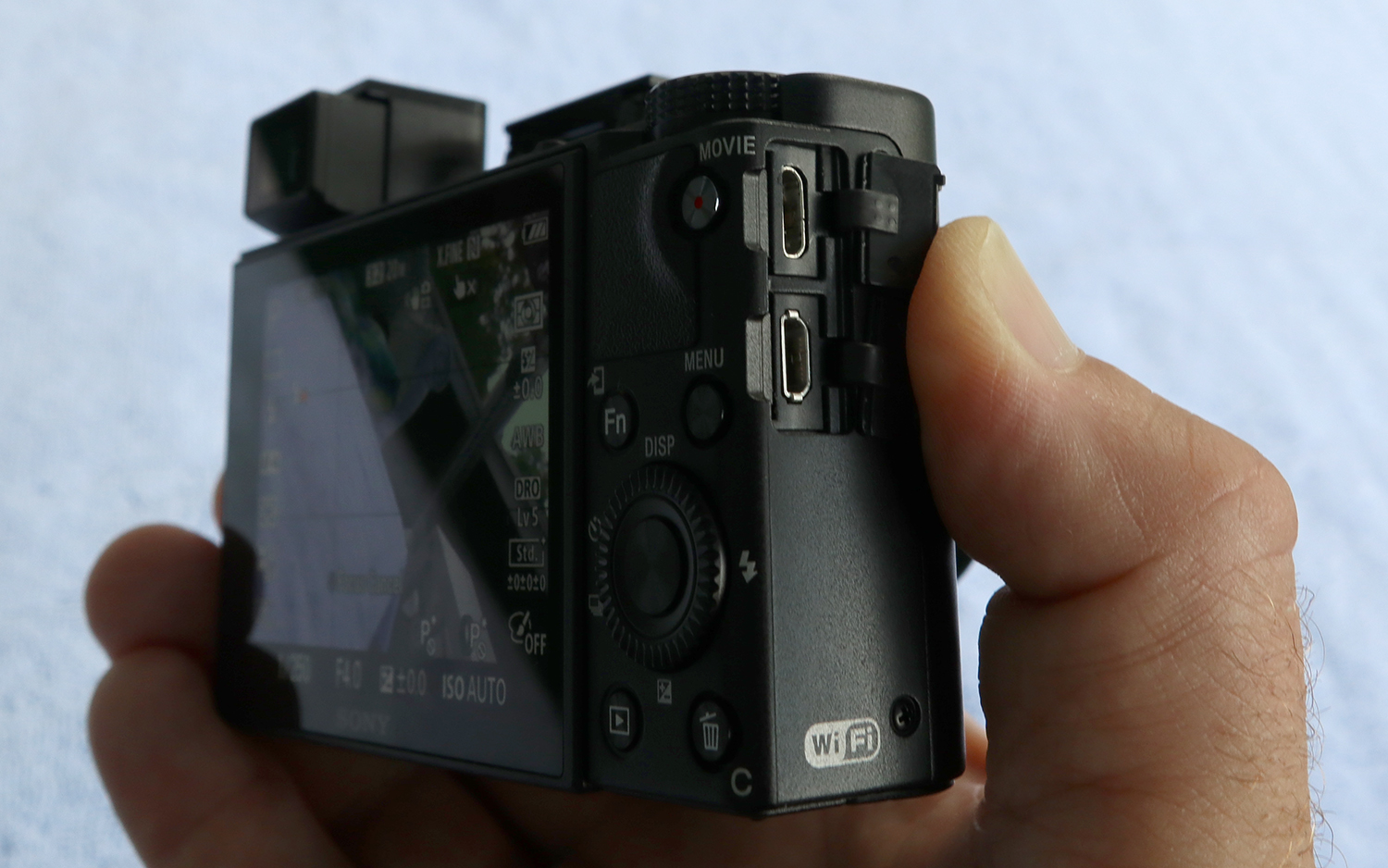
Like the slightly larger Panasonic ZS200, the RX100 VI is adorned with many physical controls, dials, buttons and a control ring. Like the ZS200, tt also has a responsive touch-screen LCD, with touch-to-focus and touch-to-shoot features. But Sony's LCD also swivels, which is helpful when shooting hard-to-reach shots, and you need to angle the LCD to see what you're shooting.
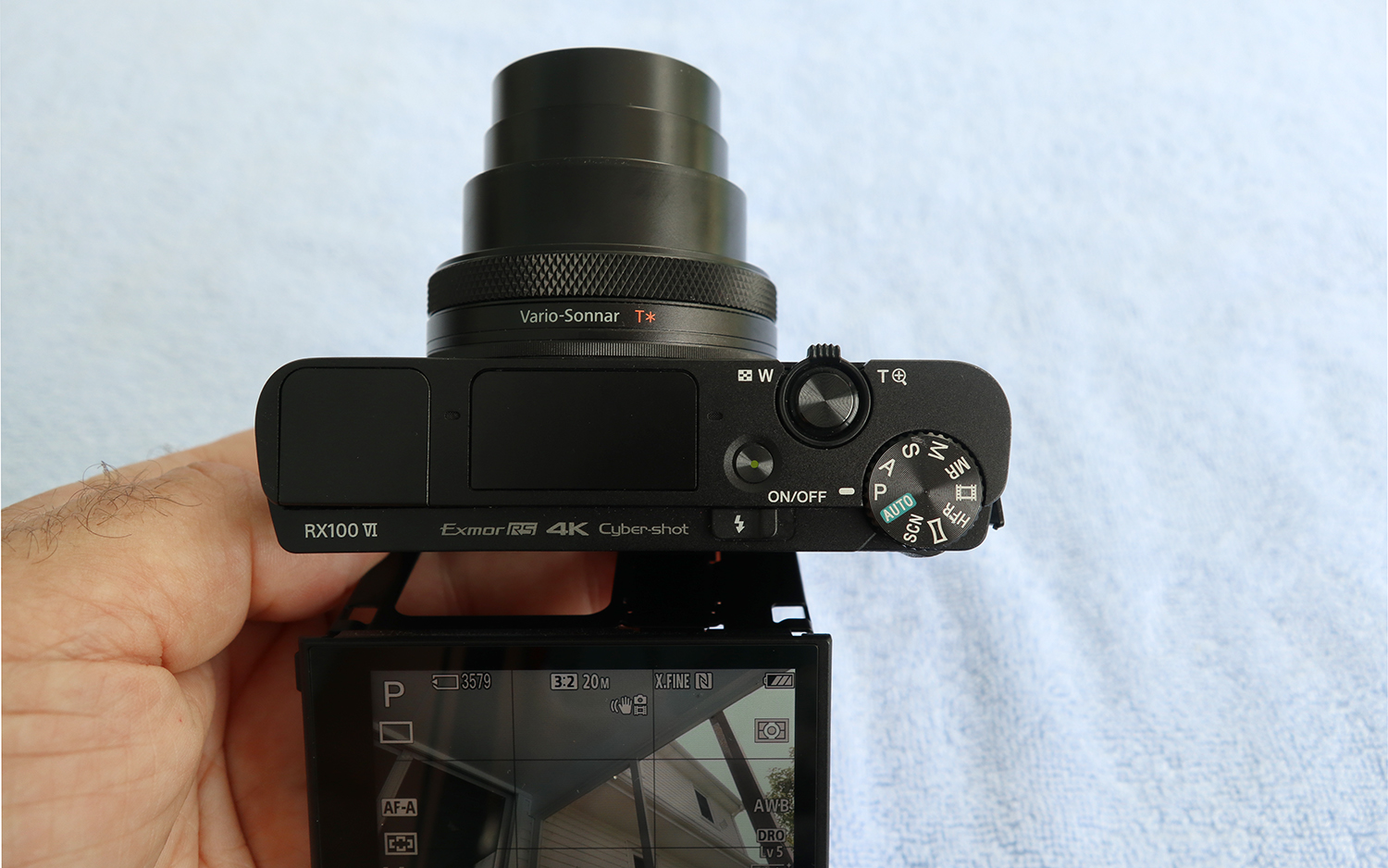
Overall, the menu system on the camera is pretty easy to follow, but because it has so many options and customization features, you can get lost in the settings.

For instance, you can assign various functions to the control ring around the lens depending on which mode you're using. For example, if you're in one of several still-camera modes, you can set the ring to adjust the aperture, shutter speed, ISO or exposure compensation. And if you're in a video mode, you can select from an alternate set of options.
Image Quality
The RX100 VI uses a 1-inch, 20.1-MP CMOS image sensor to capture images and video. Overall, I enjoyed shooting with the RX100 VI and was happy with the results in bright light.

However, I was a bit disappointed in the low-light test shot. Although it was generally on a par with the low-light image from the Panasonic ZS200 — and, in some sections, even had slightly better detail and sharpness than the ZS200 — in a few areas, the noise interfered with details and looked worse than the low-light test shot on the ZS200. This may be due to the narrower maximum aperture range.

Nevertheless, in some instances, I was able to compensate for this problem by using some of the many powerful and inventive features found on the camera.
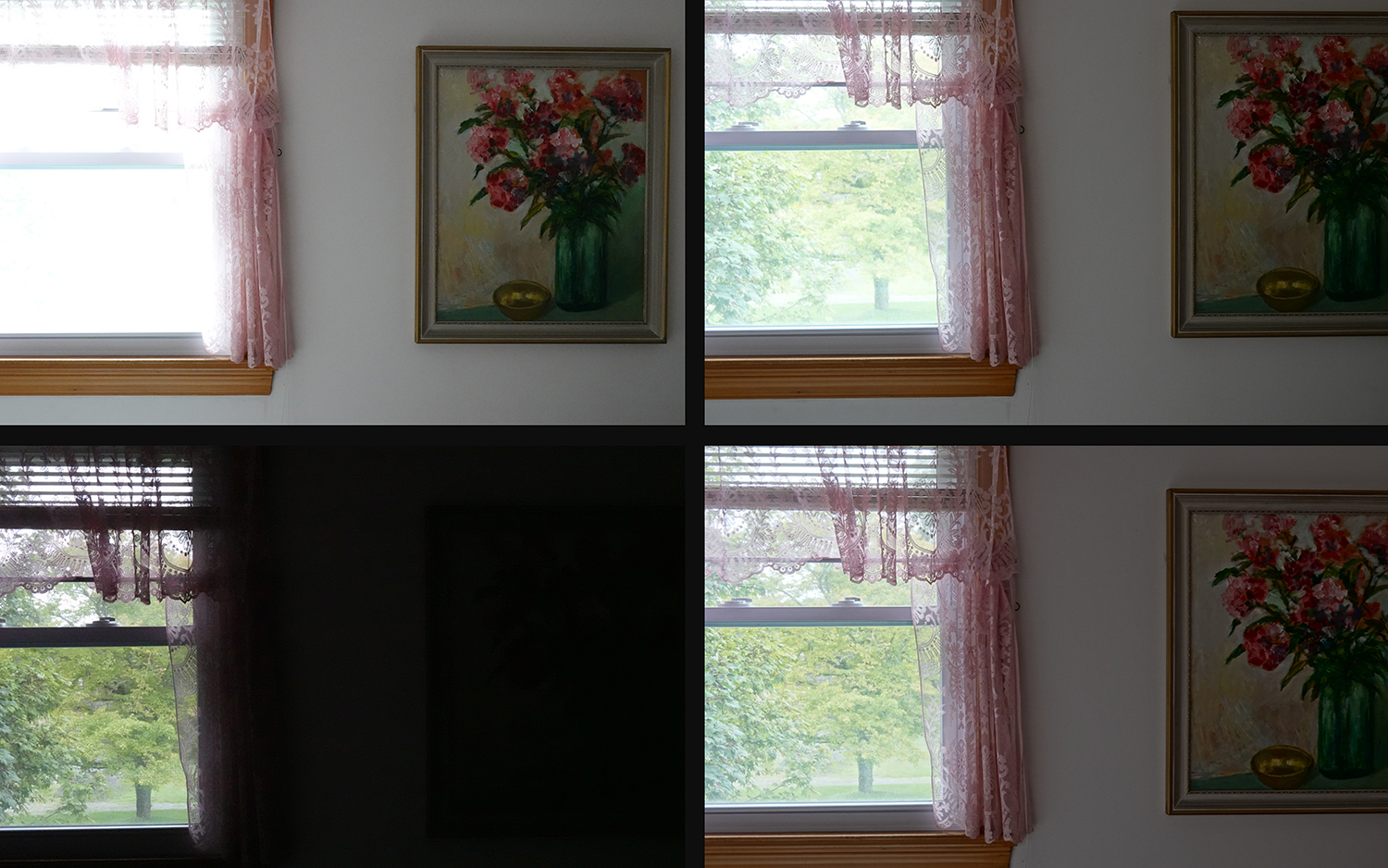
For example, the camera comes with several high dynamic range (HDR) settings, which let you adjust for challenging lighting scenarios, such as those in which you have a bright background and a dark foreground.
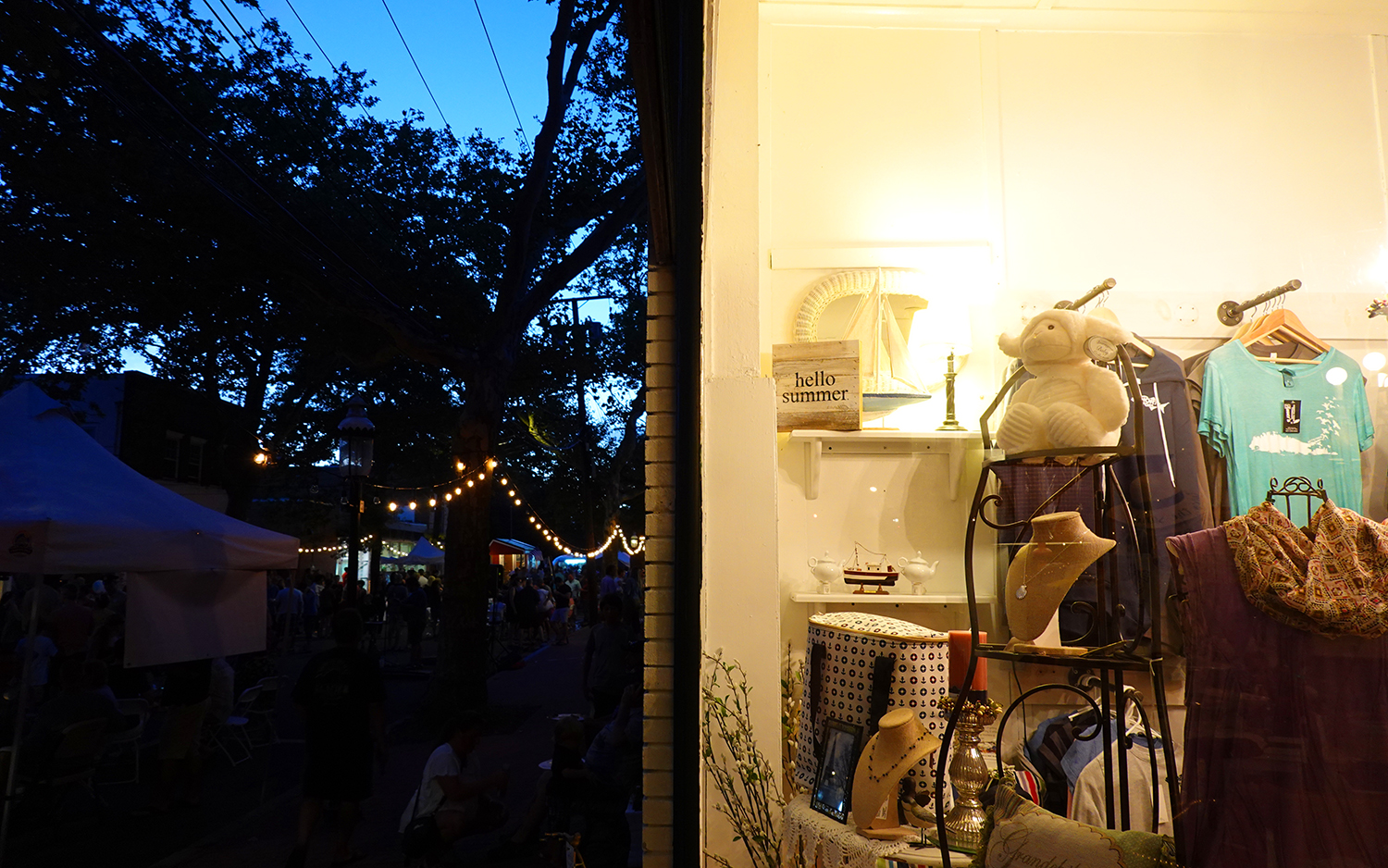
Like most cameras, Sony's HDR mode fires off three quick photos and combines the best parts from the three exposures into one image. In my photo, you can see that the two HDR images (on the right side) captured details both indoors and outside, effectively "stretching the dynamic range to show details in both bright and low-light areas.

The built-in flash is also impressive, providing excellent coverage and illumination in many different settings. I particularly liked that I could increase or decrease the exposure-compensation setting (in the menu settings), which let me adjust the amount of light more precisely. However, like the Panasonic ZS200, the Sony lacks a hot shoe, so you can't attach an external flash.

The ISO ranges from 125 to 12,800, but it can be expanded to 80 to 25,600. I found I could increase the ISO sensitivity to 6,400 and still get decent results, as I did for the photo of my wife standing near an exit sign in a Long Island restaurant. The camera really delivered in this shot, rendering several different light sources (incandescent, colored light and outdoor light) accurately and blending them together to produce an almost Edward Hopper-like image.

I've always enjoyed the filters on Sony's RX series cameras, particularly the illustration, watercolor and partial-color modes (which you can see in my composite photo of four selfies). The modes offer some variation (such as low, medium and high), which mixes the Instagram-like filter with the actual photo. As with other cameras, many of these filters are not available for video shooting.
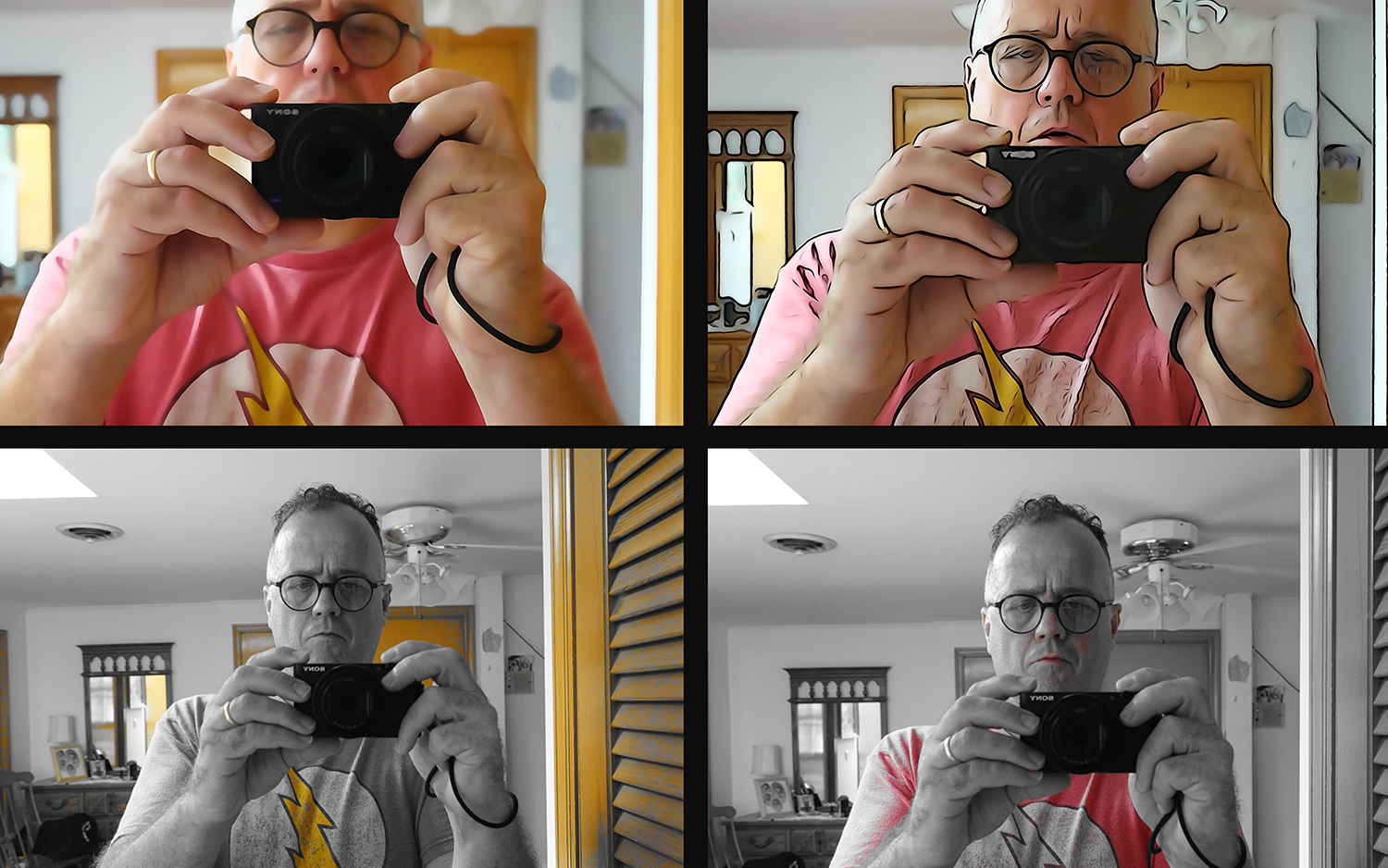
The RX100 VI can fire off a tremendous number of photos in burst mode: 24 frames per second at full resolution, JPEG or RAW. So, if you're shooting an image of your child playing baseball, you can fire off lots of frames to get the exact moment he or she connects the bat with the ball. However, in most cases, this may be more frames per second than most people need.
Video Quality
Historically, all of Sony's high-end cameras, including its RX-series models, have done a stellar job of capturing video, and the RX100 VI is no exception. It produced vibrant, smooth and detailed video clips, both in 1080p (60 fps) and 4K (30 fps).
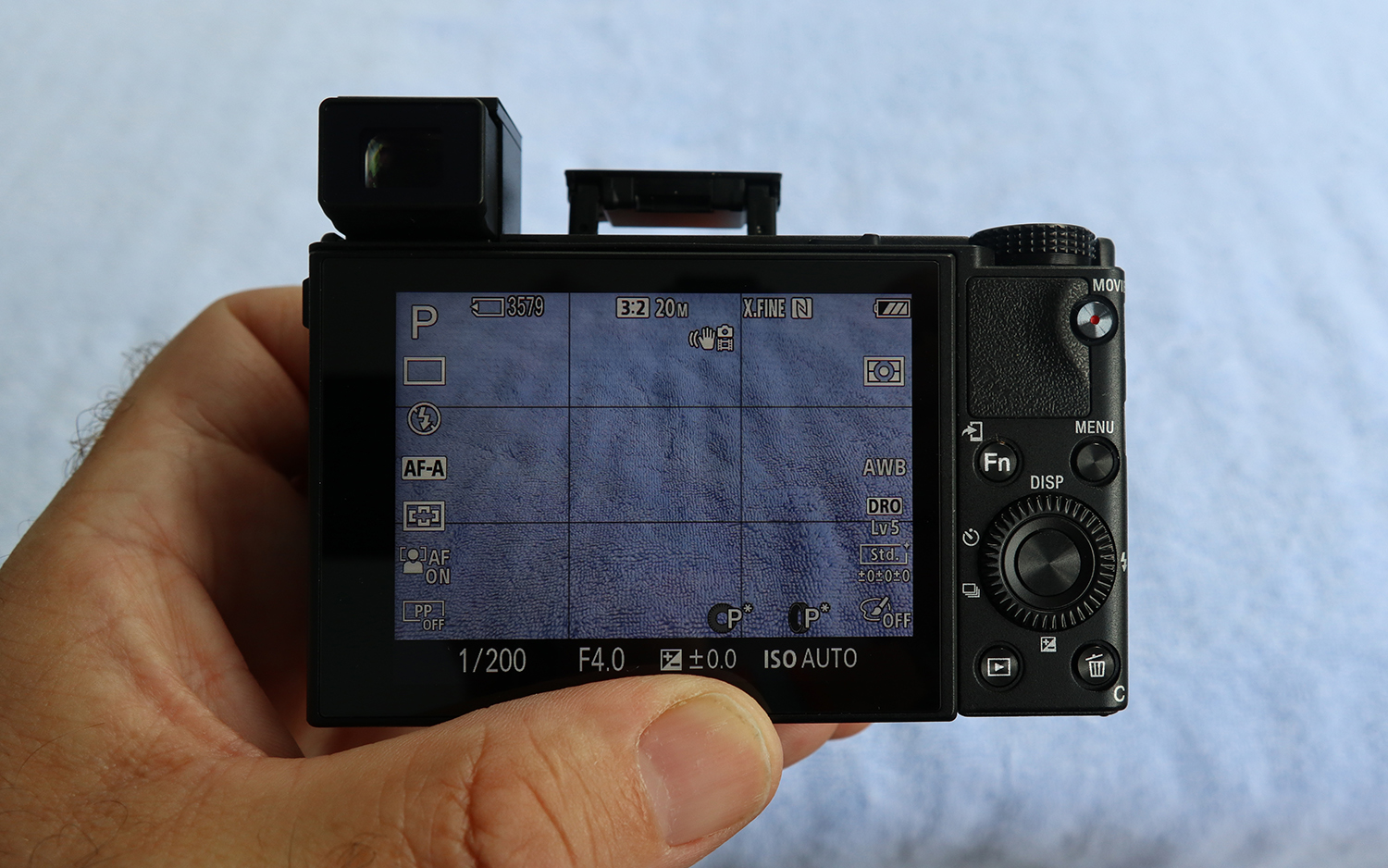
The video button is easy to find: It's on the back of the camera, in the upper-right corner just under the large mode dial.
An exceptionally enticing feature of this camera is the variety of slow-motion-video capabilities. What might be a little confusing to some people, however, is that these settings are not found under the video setting on the mode dial, but rather under a separate one — the HFR ("high frame rate") setting. But once you have it set up, the feature is a lot of fun. Because slow-motion video works by shooting a brief clip and then extending the time it takes to play back the clip, the camera records only short video clips — 3 to 7 seconds, depending on the settings you've selected.
The RX100 VI can shoot 1080p HD video at 4x slow motion (240 fps). It can also capture 8x slow motion (480 fps) and 16x slow motion (960 fps), but it results in a lower-resolution video. (You can see three such examples in the sample video of me juggling three tennis balls.)
I was disappointed by the omission of one video feature: the ability to take time-lapse videos.
Wireless Sharing
To use the RX100 VI with your smartphone, you'll need to download Sony's PlayMemories Mobile app. For the most part, I was able to control and transfer images from the camera to my phone (using my iPhone 7), but I didn't find the process as intuitive as it was on Panasonic's Image App. ( It seems that Sony is no longer supporting the ability to download apps onto the camera to expand various features, such as time-lapse movies.) Overall, the mobile app gets the job done, but it could be more expansive and easier to use.
Battery Life
Sony claims that the RX100 VI will last for 240 shots per charge using the LCD (the monitor turns off at 2 seconds by default) and 220 shots using the viewfinder. That's less than the Panasonic ZS200, which gets 370 shots using the touch-screen display in live view and 250 photos when using the electronic viewfinder. Whether you're using the LCD or the viewfinder, you get only about 40 minutes of video time per charge. (All ratings are according to the Camera and Imaging Products Association standard.)
Bottom Line
While the Sony DSC-RX100 VI is a very capable bridge camera with powerful features, at $1,200, it's too pricey to recommend to most people. For $400 less, the Panasonic Lumix ZS200 offers about the same image quality and an even a longer optical zoom lens. Or, consider getting one of Sony's previous RX100 versions, such as the RX100 IV (about $800) or the RX100 V A (about $900).
However, if you're looking for a compact point-and-shoot camera with many specialized features and customizable settings and you don't mind spending more money, then the Sony DSC-RX100 VI may fit the bill.
Credit: Terry Sullivan/Tom's Guide
Terry Sullivan is an experienced technology journalist who has covered consumer electronics including cameras, smartphones, audio tech and software among many other things. His work has appeared in the likes of Consumer Reports, PCMag, Lifehacker, and the New York Times and he is also a teacher, photographer, artist, and musician.
-
shaolin95 Stick to pc stuff. The panasonic lens pales in comparison through the focal range and IQ is not close. Also the AF is way better on the sony. Shame on youReply
